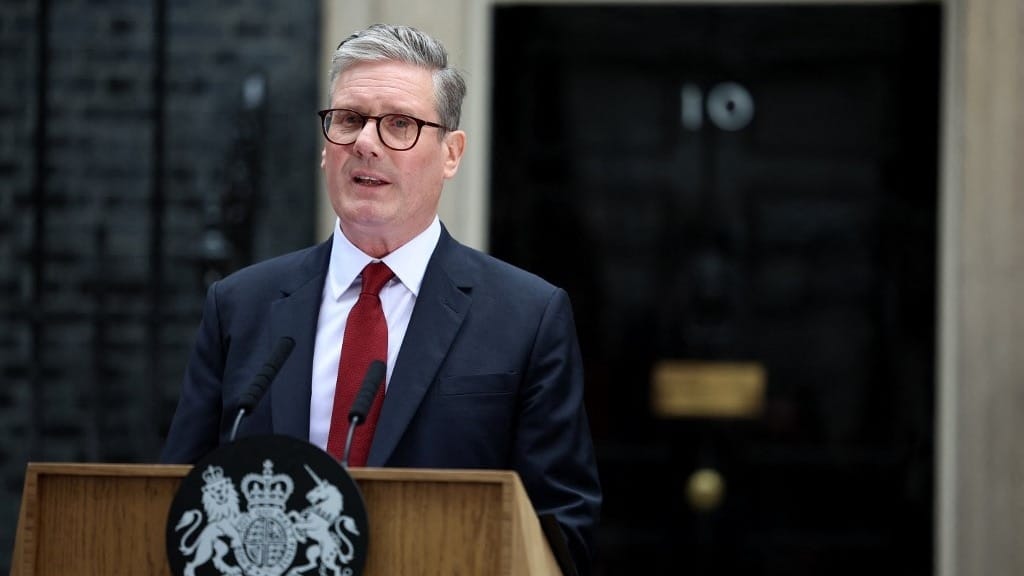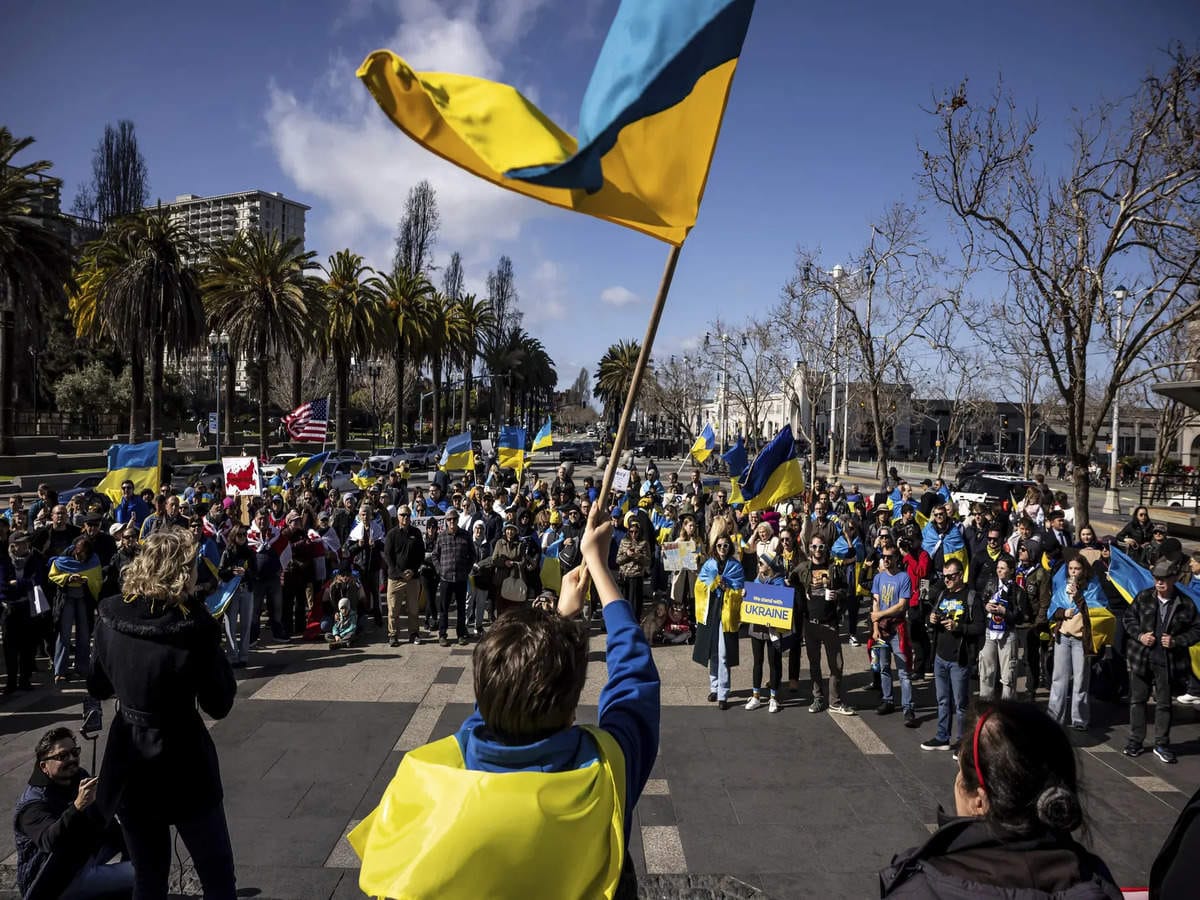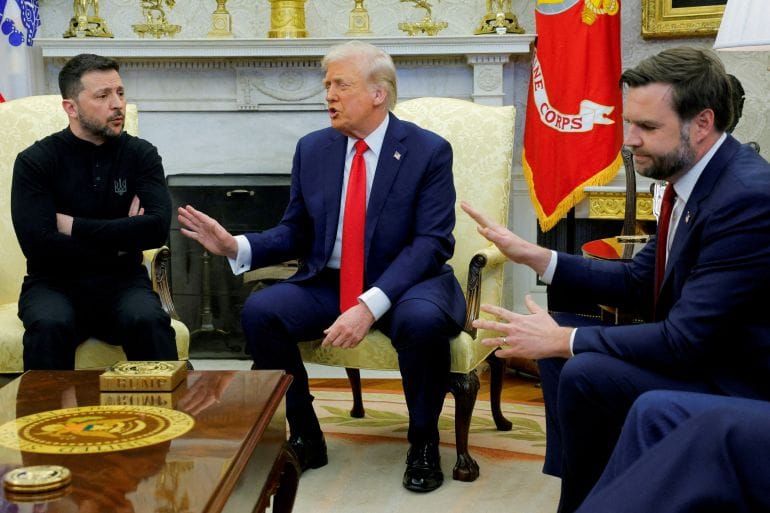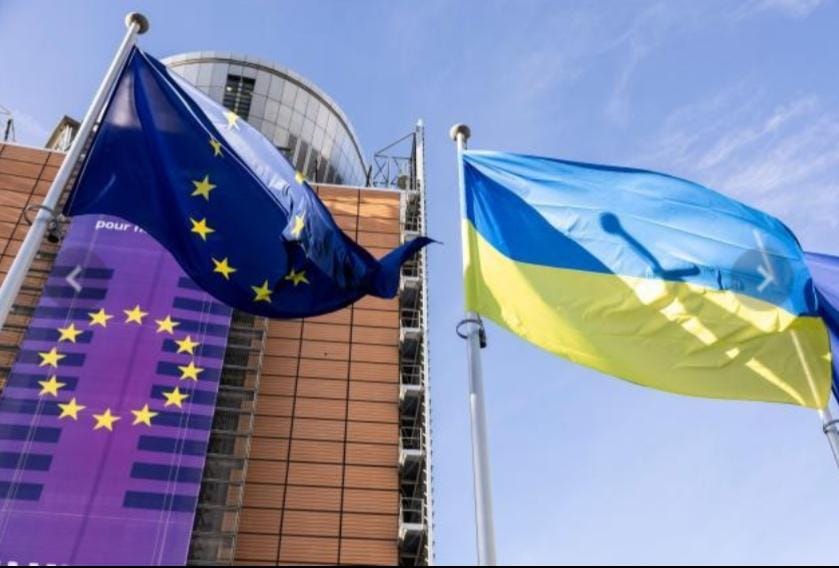Ukraine signs £2.26 billion UK loan deal for weapons production after failed Trump talks
The United Kingdom has pledged a $2.84 billion loan to Zelenskyy in a move designed to strengthen Kyiv’s defence industry.
The loan was finalised during a virtual signing ceremony between UK Chancellor Rachel Reeves and Ukraine’s Finance Minister Sergii Marchenko.
Meanwhile, Prime Minister Keir Starmer hosted Zelenskyy in London, reaffirming Britain’s continued commitment to Ukraine’s war effort.

A significant portion of the loan will be allocated to ramping up weapons production within Ukraine.
This aligns with Kyiv’s broader push to bolster domestic arms manufacturing, reducing reliance on external suppliers while maintaining military resistance against Russian forces.
UK Defence Secretary John Healey underscored the importance of these funds, stating that they would be crucial in ensuring Ukraine can “continue its frontline fight against Russian aggression.”
How the loan will be repaid?
Announced on Saturday, the agreement will be repaid using profits from frozen Russian sovereign assets, a decision President Volodymyr Zelenskyy described as “True justice, The one who started the war must be the one to pay.”
A Show of Solidarity

During their meeting at Downing Street, Starmer assured Zelenskyy of Britain’s unwavering support, saying, “We stand with you and Ukraine for as long as it may take.”
Zelenskyy, welcomed by cheers from supporters outside Number 10, expressed his gratitude: “We are very happy in Ukraine that we have such friends. I thank the people of the United Kingdom for such big support from the very beginning of this war.”
Diplomatic Tensions with the US

The agreement comes at a time of heightened diplomatic tensions between Ukraine and the United States. Just days earlier, Zelenskyy had a heated exchange with US President Donald Trump at the White House, where Trump reportedly pressured Ukraine to negotiate peace with Russia. The meeting ended on a sour note, with Trump withholding a minerals trade agreement meant to strengthen economic and defence ties between Washington and Kyiv.
Following the clash, European leaders-including Canadian Prime Minister Justin Trudeau and Italian Prime Minister Giorgia Meloni-rallied behind Zelenskyy, emphasising the need for Europe to take greater control of its own security policies, rather than relying on shifting US foreign policy.
European leaders are confronting their worst-case scenario: maybe they really are going to be dealing with a bellicose Russia alone.
When the US lined up alongside Russia and North Korea earlier this week to oppose a UN motion condemning Vladimir Putin’s invasion of Ukraine, some European officials knew that the transatlantic relationship was in deep trouble.
Then they watched in horror as Donald Trump gave Volodymyr Zelenskyy a public dressing down in the Oval Office and something broke.
In interviews with Bloomberg, more than half a dozen official maintained their composure through wars and financial crises reacted with visceral anger.
For them, the scene showed the trust and values that have bound Europe and the US together since the end of World War II are no longer shared.
French President Emmanuel Macron, UK Prime Minister Keir Starmer and European Commission President Ursula von der Leyen have all described this moment as a generational challenge for the continent.
They’ll meet with Zelenskyy and other European leaders in London on Sunday to work out what their next move should be.
European Security Summit
The European Union is aiming to follow up with an emergency package of €20 billion ($21 billion) in military aid for Ukraine at an emergency summit in Brussels on Thursday.
But that’s just a down payment on the hundreds of billions they will need to mobilize for defense in the coming months if they are to take over responsibility for their own security from the US for the first time in 80 years.
During the summit European and Canadian leaders are set to discuss long-term strategies for supporting Ukraine and reinforcing European security.
With growing uncertainty over US support, European nations are exploring independent defence initiatives to ensure sustained assistance to Kyiv.
Can Europe Fight with Russia without US Support?

According to the International Institute of Strategic Studies, Russia’s military expenditure is now higher than Europe’s total defence spending, in terms of purchasing parity power.
It’s increased by 41% and is now the equivalent of 6.7% of GDP.
In contrast, the UK will be spending just 2.5% by 2027.
The question is not just whether Europe has the will: does it have the numbers too?
The short answer is no.
Europe, on its own, would not be able to provide a force of 20000 international troops, which Ukrainian President Volodymyr Zelenskyy suggests would be needed to deter Russia from attacking again.
Instead, Western officials have said they’re thinking of a force of up to 30,000 troops.
European jets and warships would help monitor Ukraine’s airspace and shipping lanes. That force would be focused on providing “reassurance” at key sites – Ukraine’s cities, ports and nuclear power stations.
But these same Western officials acknowledge that this would not be enough, hence the calls for a US “backstop”.
You may explore more information on StudyIQ IAS Channel
For more such articles Visit Teclearnings
